Long before the days of urban sprawl, there was density—not just downtown, but also in Louisville’s inner ring suburbs. Neighborhoods that once served as the heart of Louisville were sacrificed to the gods of progress—vast swaths of central Louisville, for instance, were demolished to make room for Interstate 65. Upon its completion in the 1960s, the interstate had irreversibly divided neighborhoods like Old Louisville and Shelby Park, which led to vacant property issues and blight.
However, there exists a sense of optimism in these neighborhoods, evidenced by the active neighborhood organizations in Old Louisville, Shelby Park, and most recently, Smoketown. There’s also a sense of place, bolstered by the resilience of in-place residents and anchored by the historic structures that still stand.
In Shelby Park, which contains six listings on the National Register of Historic Places, such properties serve as architectural testaments, reminding us of the density, walkability, and character that once was and could be again.
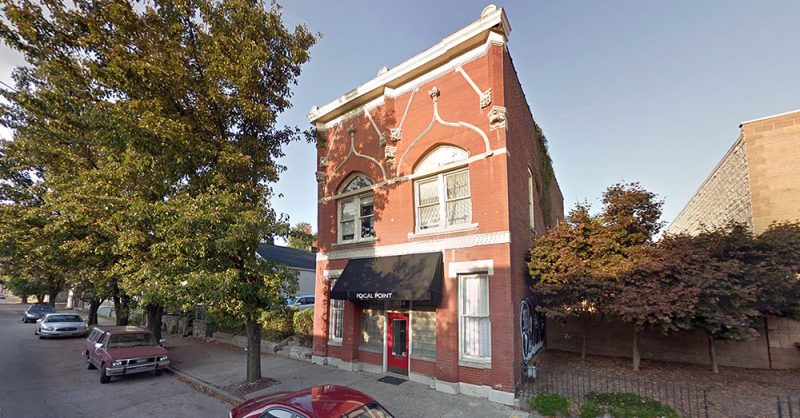

1024 Logan Street
Then: Steam Engine Company No. 4
Now: Mixed Use Office Space
Bearing a striking resemblance to The Silver Dollar (another repurposed firehouse) this structure has traits commonly found in Gothic Revival–style architecture, including decorative crown moldings over the windows and doors. Built in 1891, this former volunteer fire station was closed in 1937 when the Louisville Fire Department began expanding to serve the outlying areas of the city. It has since been repurposed as an office space.
313−337 East St. Catherine Street
Then: Preston-St. Catherine Street Historic District
Now: Preston-St. Catherine Street Historic District
Built between 1884 and 1885, this historic district contains thirteen single family residential structures, one duplex, three commercial/residential corner structures, and six row houses. Topped with steeply pitched cross-gabled roofs, the houses along St. Catherine Street feature Queen Anne styling with second floor facades sheathed in fish-scale shingles. This district was added to the National Register of Historic Places in 1985.
1311−1317 South Preston Street
Then: George H. Tingley Elementary School
Now: Volunteers of America Family Shelter
Designed with a heavy frame and rounded arches along the entrance windows, this former elementary school stands as an excellent example of the monumental personality of the Romanesque Revival style. Built in 1892, this structure has since been repurposed as the Volunteers of America Family Shelter—a nonprofit organization that assists families in crisis. Open to visitors during the Shelby Park Expo.
1010 South Preston Street
Then: Falls City Jeans and Woolen Mills
Now: The Burkhart Company
Constructed in the 1800s, this structure housed the first Levi Strauss manufacturing facility outside California, at a time when Levi’s older brother occupied a mansion in Old Louisville. Characterized by a mansard roof and double-hung, multi-paned windows, the building’s Renaissance Revival style is emblematic of the architecture scattered throughout the Shelby Park neighborhood.
1207 South Shelby Street
Then: St. Vincent de Paul Catholic Church
Now: Sojourn Community Church – Midtown Campus
With paneled lancet arches and two bracketed cupolas that reach high into the air, this building contains a blend of Gothic Revival and Italianate architectural styles. Built in 1886 by architect D. X. Murphy—with additions made to it in 1927 – the church had been vacant for ten years before it was purchased and rehabilitated by Sojourn Community Church in 2011. Open to visitors during the Shelby Park Expo.
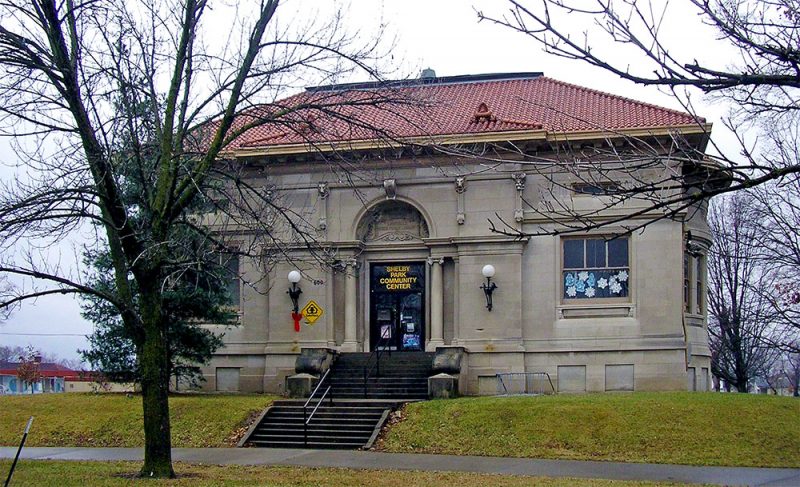
600 East Oak Street
Then: Shelby Park Branch Library
Now: Shelby Park Community Center
In 1911, the Carnegie-endowed Shelby Park Branch Library was constructed on the Oak Street side of Shelby Park. Designed by Arthur Loomis and set within the Olmsted landscape, this structure features clay tile roofs and an arched symmetrical facade—trademarks of Second Renaissance Revival architecture. It stands as the only Louisville park designed in conjunction with a Carnegie Library. Open to visitors during the Shelby Park Expo.
[Top image: Intersection at Logan & Oak streets, 1935. Courtesy UL Photo Archives – Reference; St. Vincent de Paul photo reference; Tingley School photo reference.]

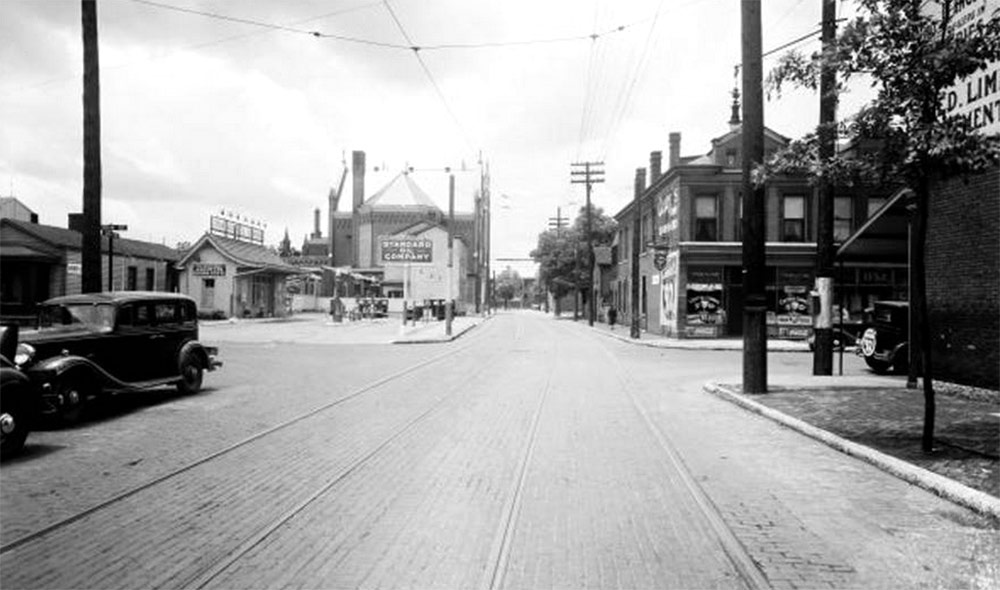
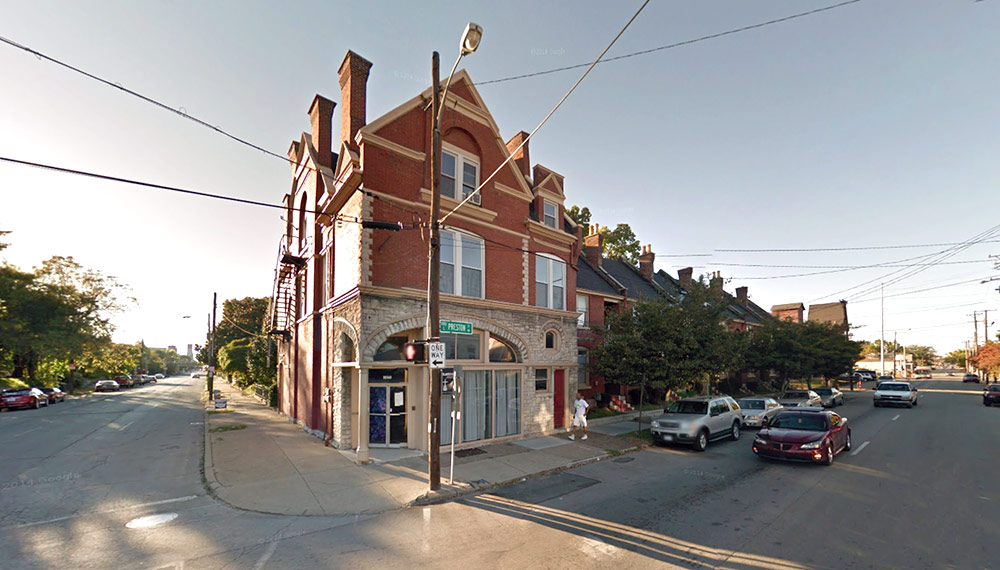
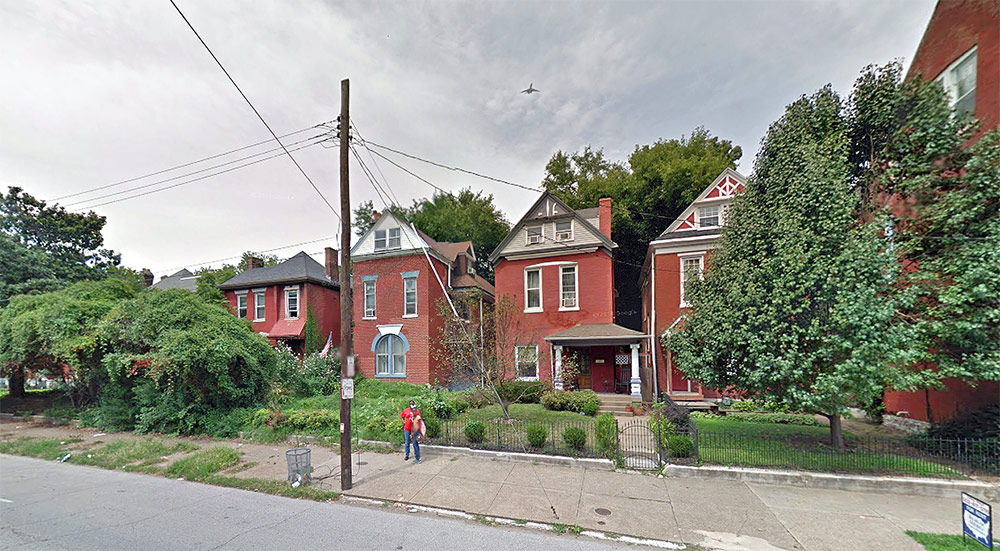
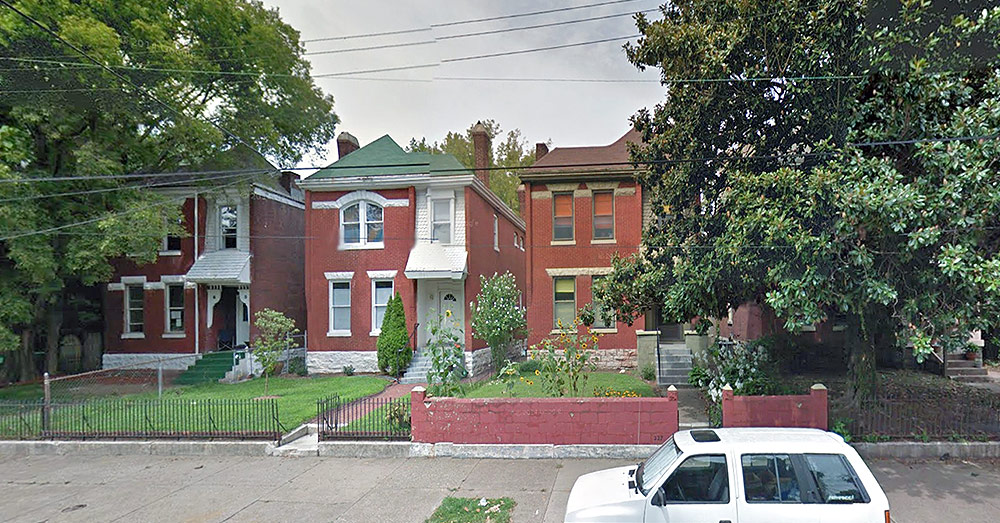
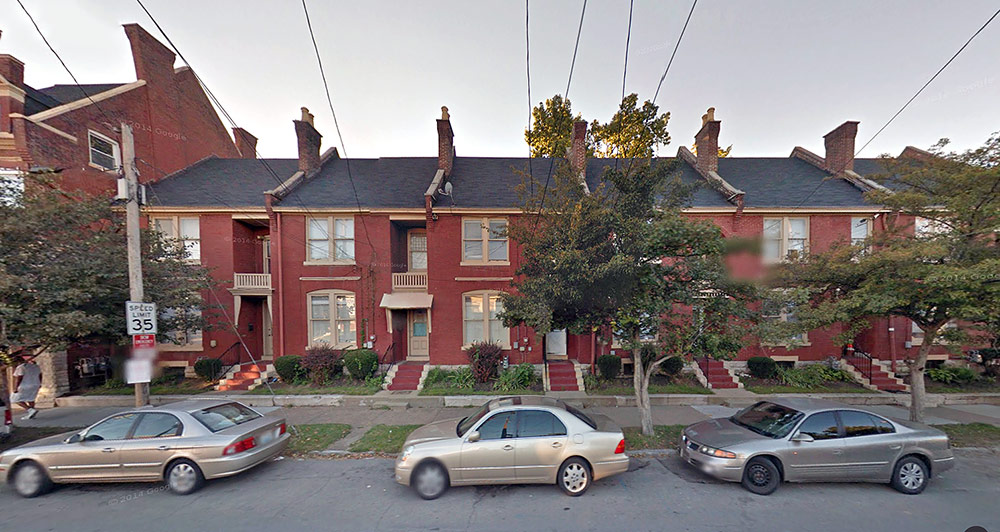
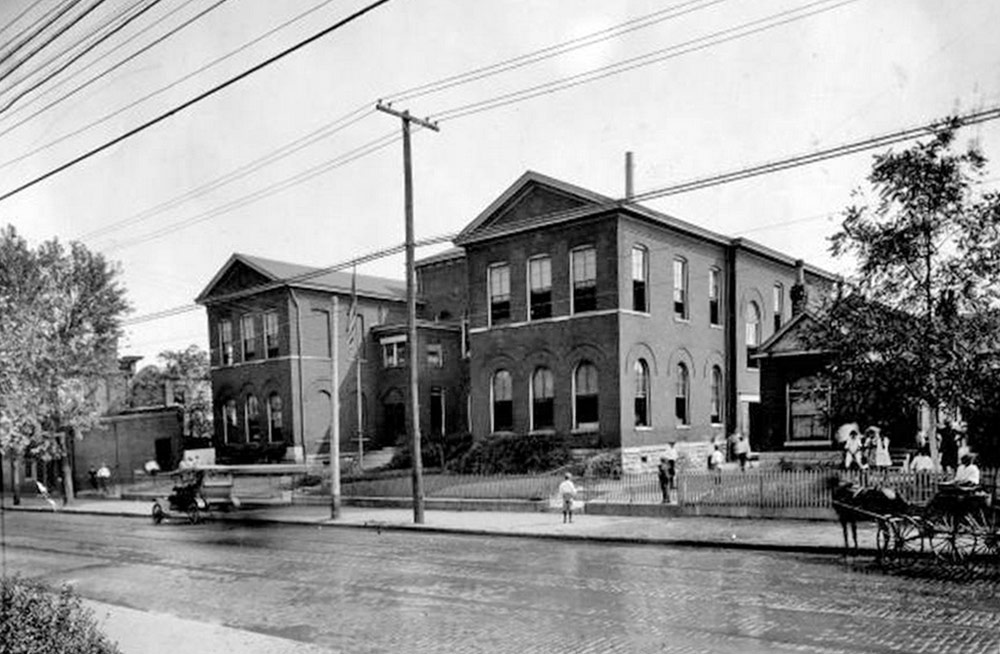
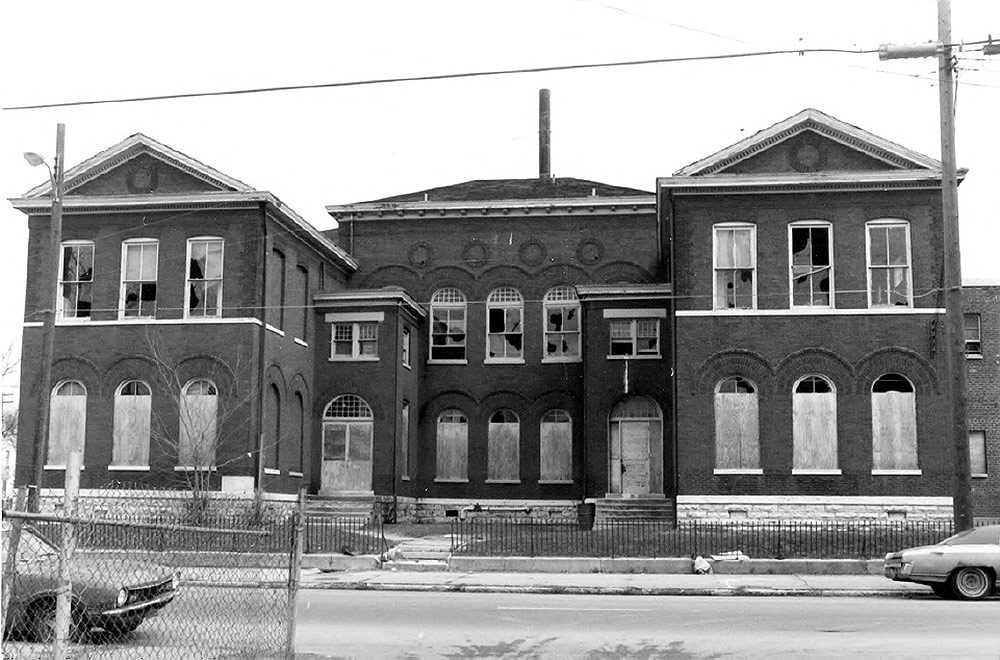
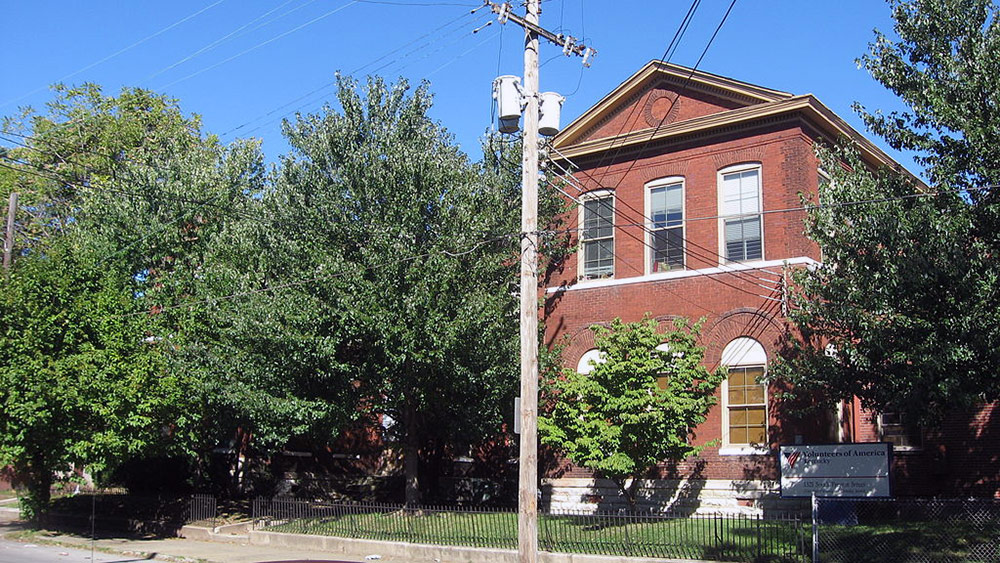
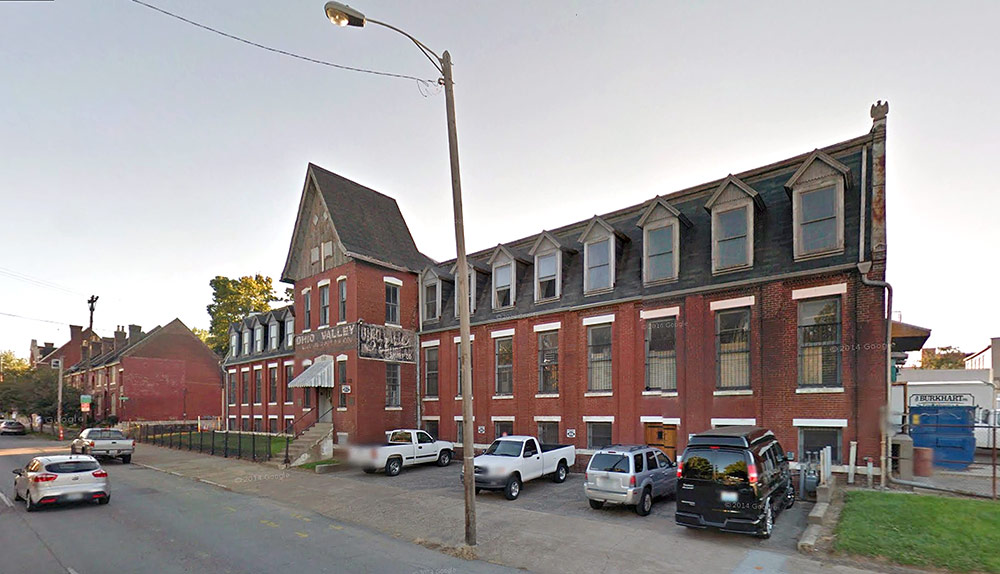
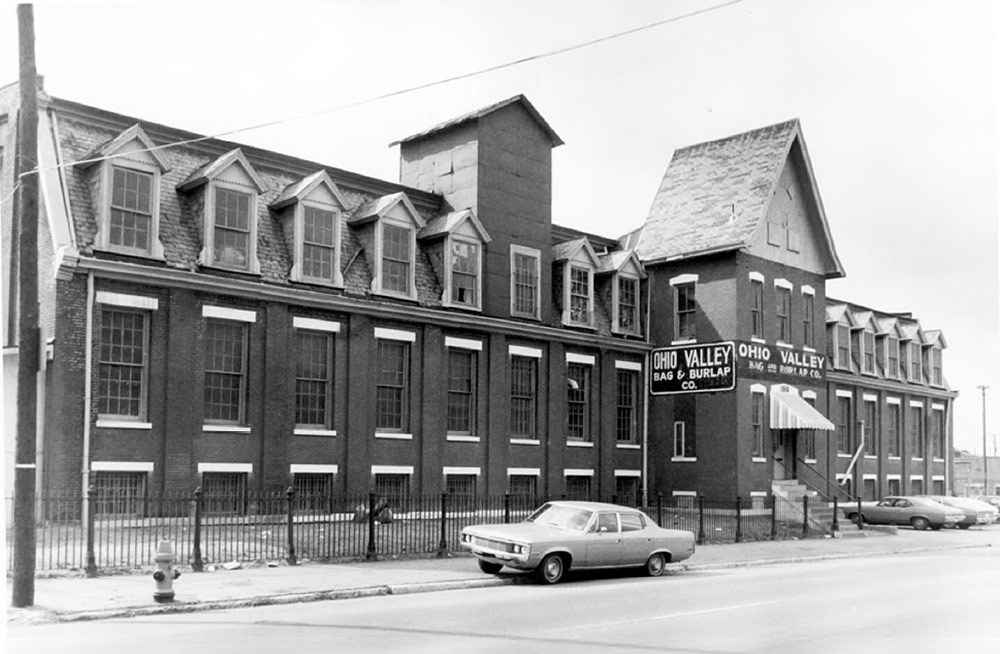
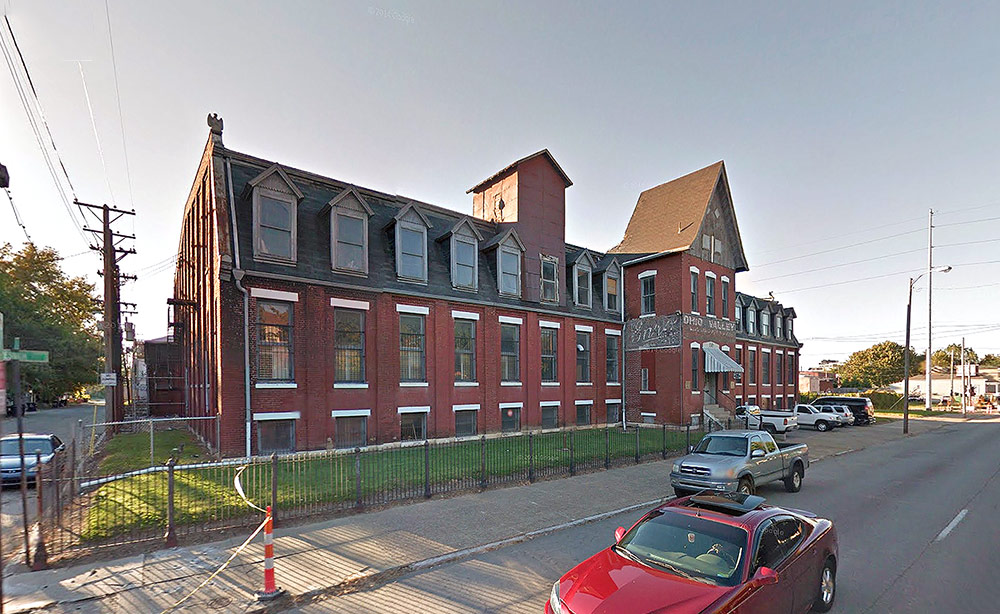
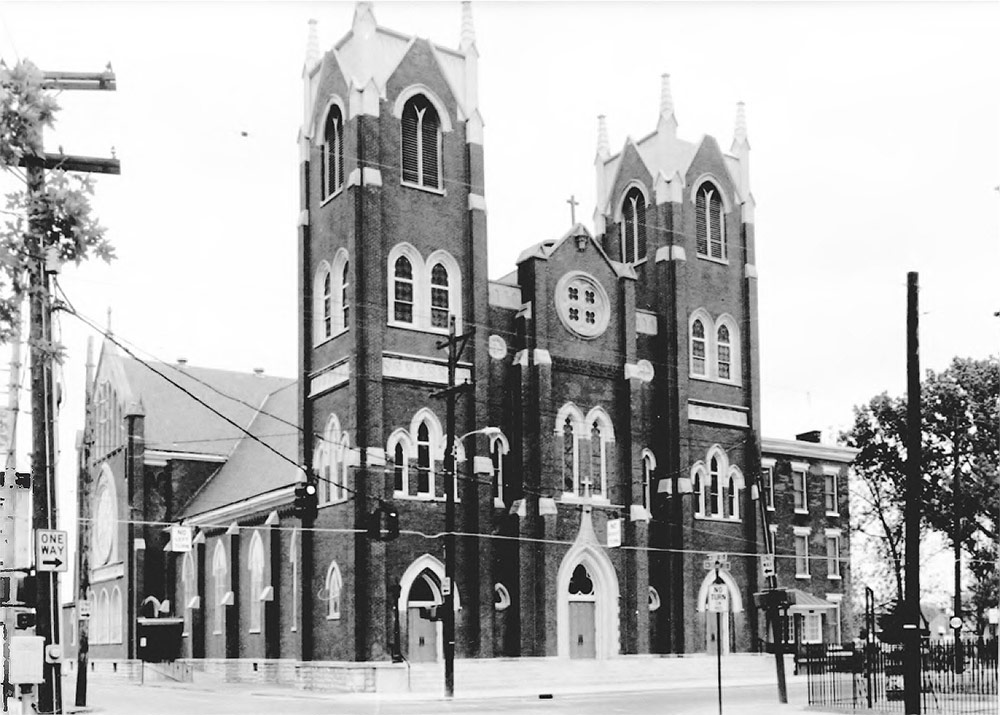
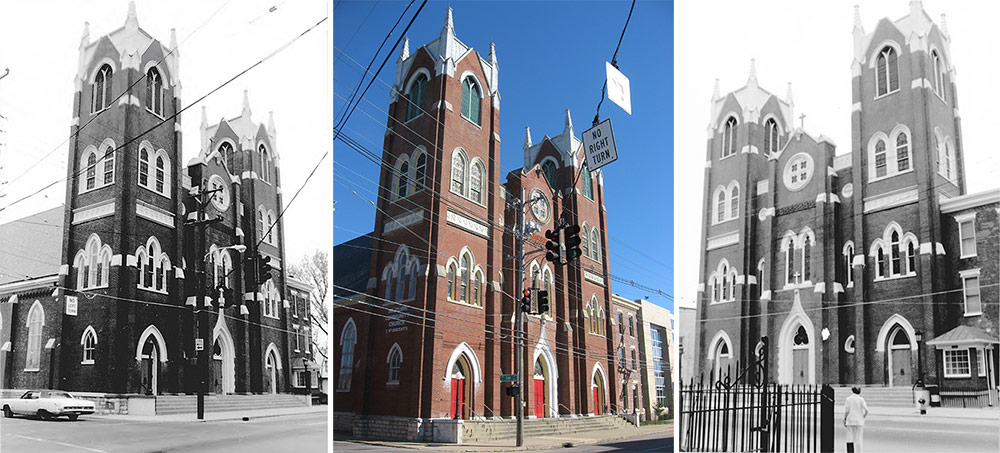
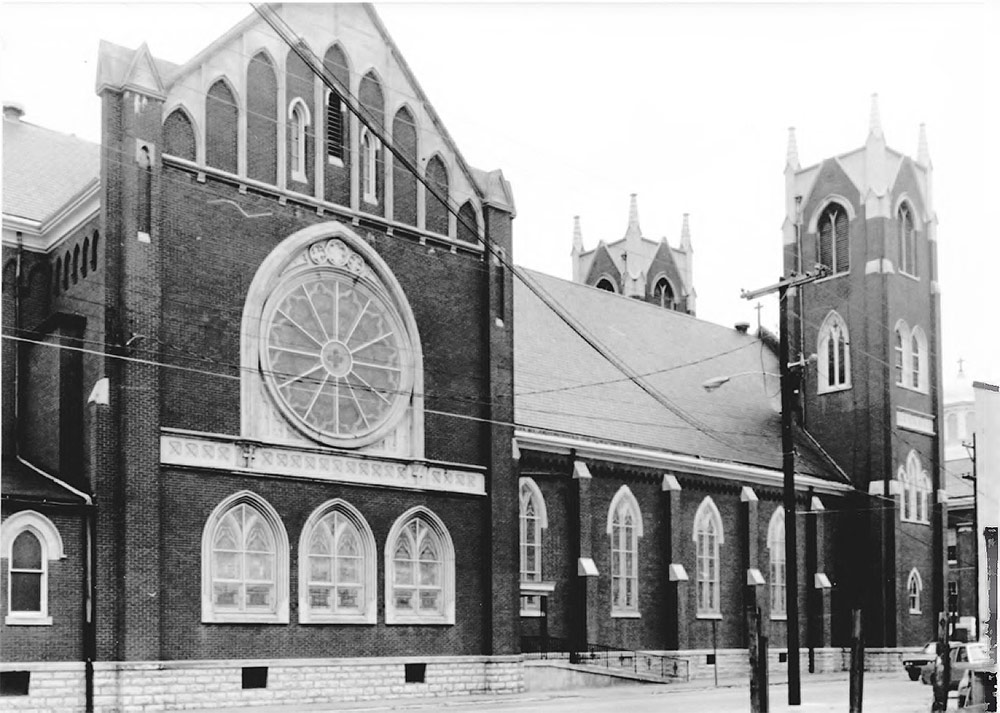

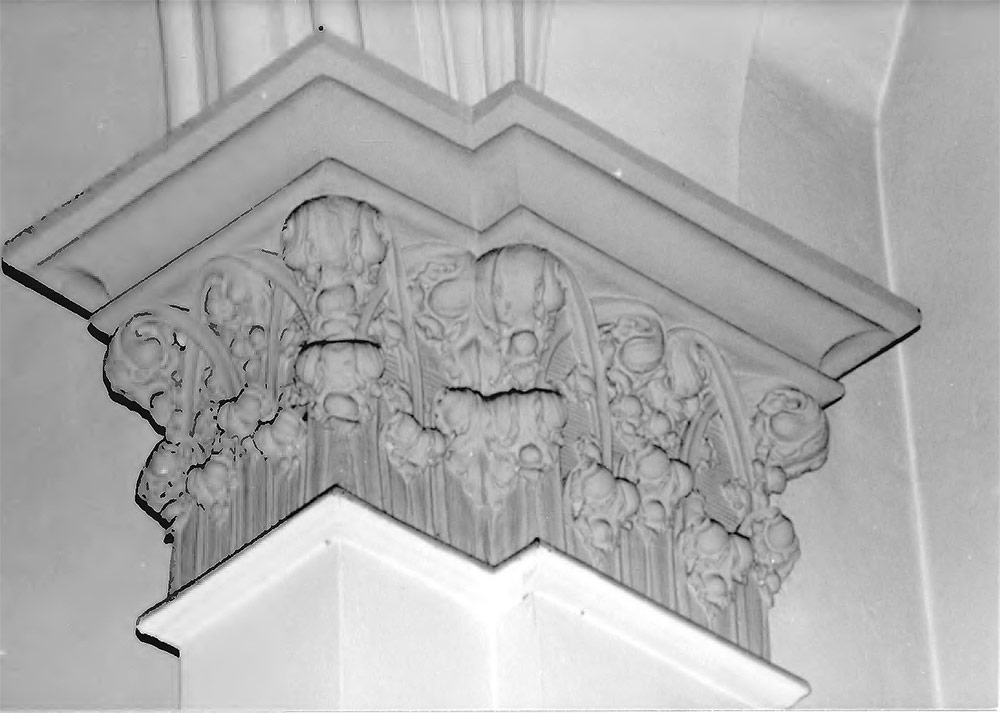
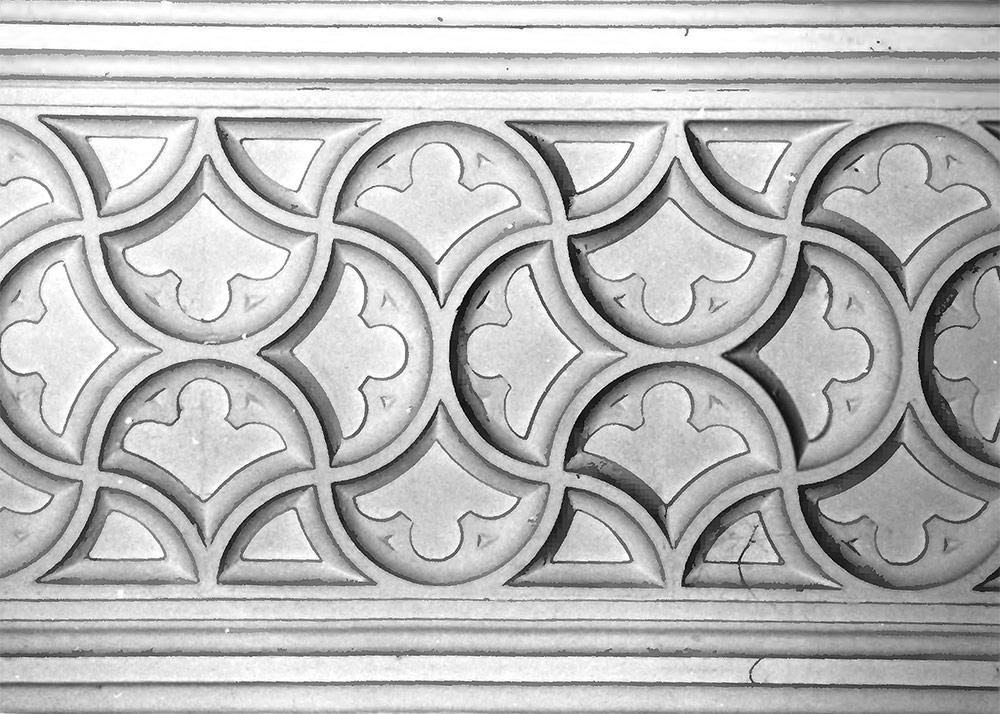
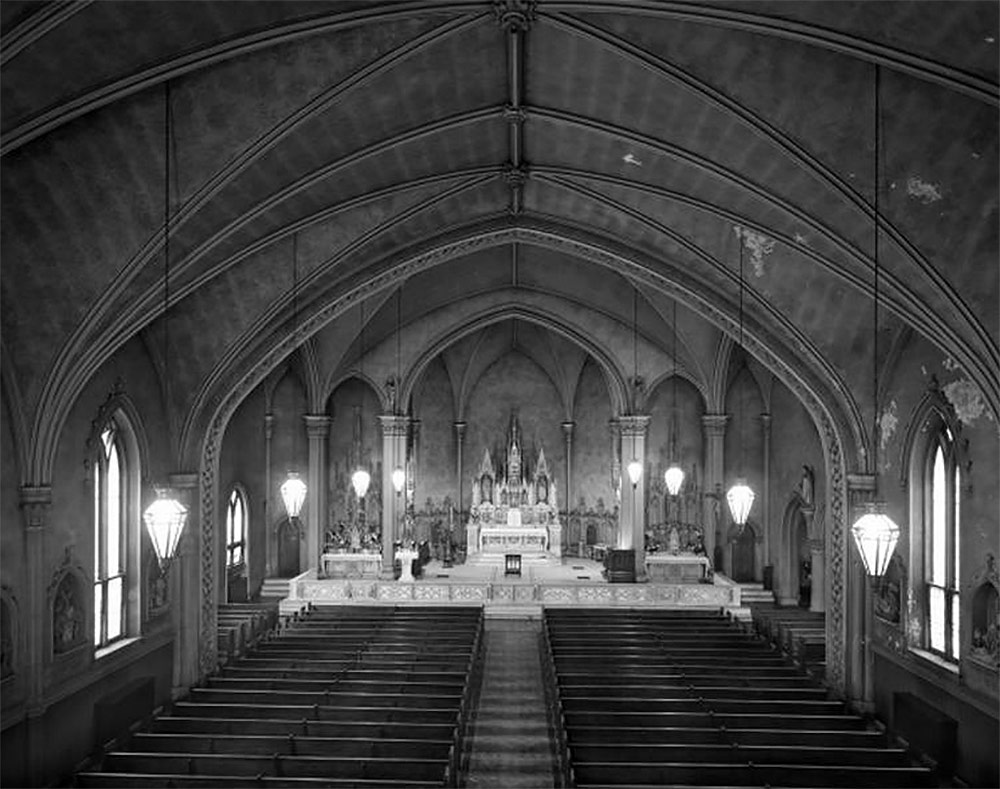
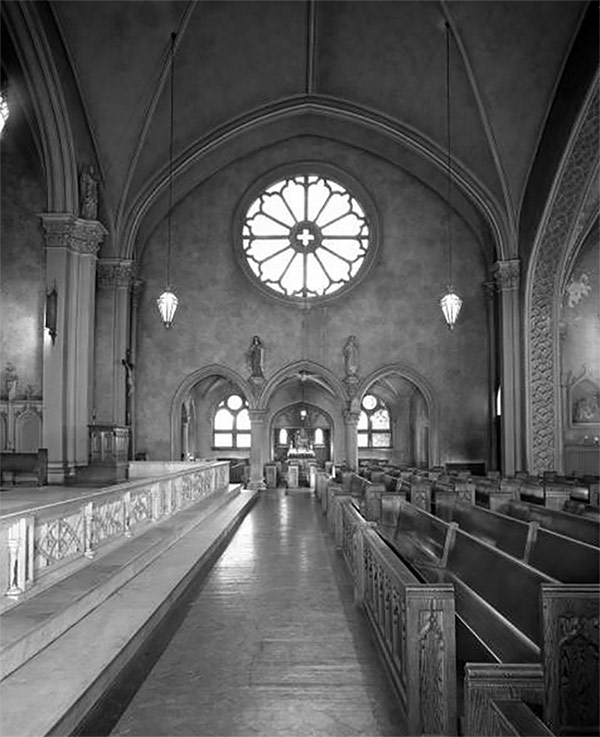

I authored several of these National Register nominations. Glad to see the documentation put to such a great use! Good work Broken Sidewalk.
Yes, all well and good but the article never once mentions the state. Shelby Park is in Massacusetts too and our buildings are much older. Louisville is in many states. For the sake of clarity, you should mention the state… you know, save us all the guessing game?
S Mudrek, Broken Sidewalk covers only Louisville, KY and its neighborhoods, so there really shouldn’t be any room for misinterpretation. Given the photographs and mention of several large geographical features (ex: I-65), I fail to see how it would be possible to confuse this Shelby Park with any other.
We Louisvillians know. This is a great site. I’ve watched some of these buildings disappear. Darn near all of downtown disappeared just in the past 3 decades. Progress? Sad. We have some of the best examples of Victorian architecture and cultural history in America. We were the gateway to the west. I currently live in Boone Township north of the Ohio River and see ghosts of George Rogers Clark, Abe Lincoln, the Duponts, Thomas Edison, Daniel and Squire Boone all of the time. After 200 years, we are finally reclaiming the Ohio River.
S. Mudrek
Or you could read the very 1st sentence and stop your dramatic guessing game.
ADW28TF9WYC https://dzen.ru sgjvhnbtcbtfgdjgfb